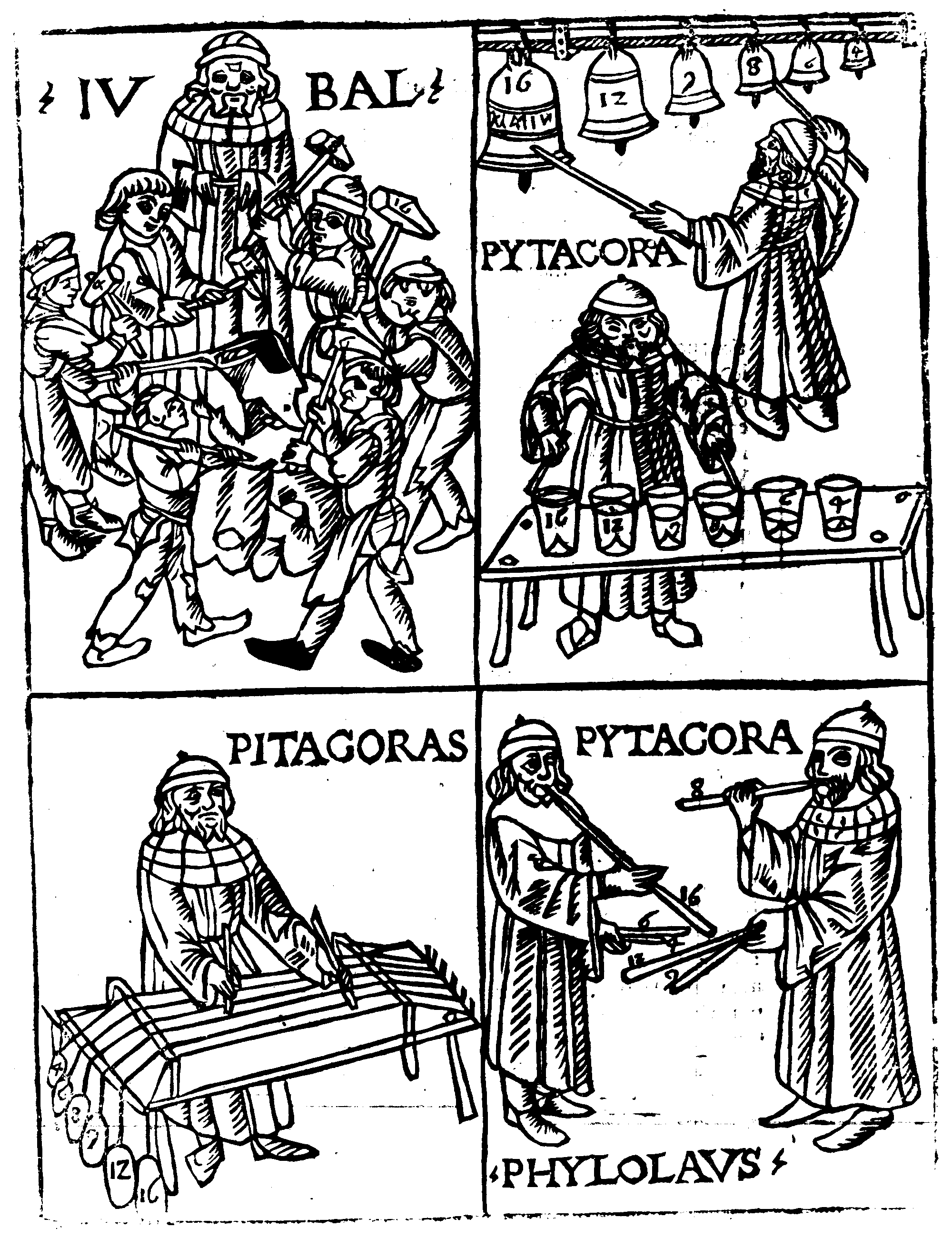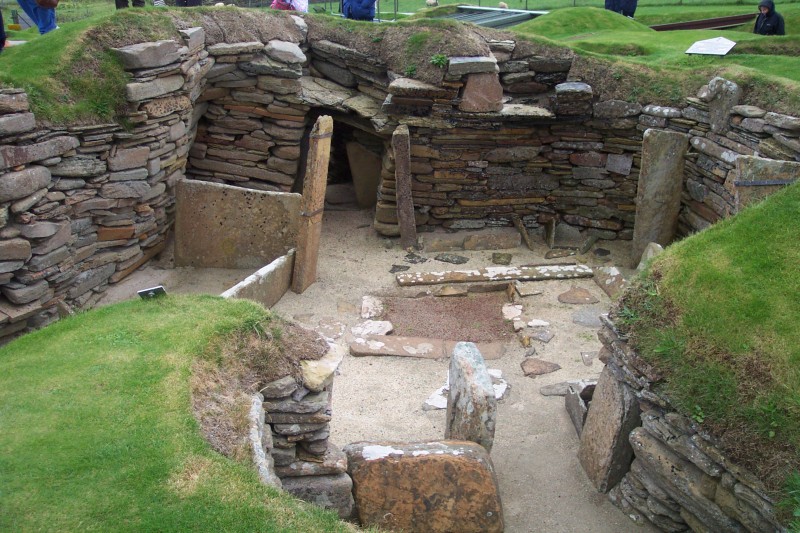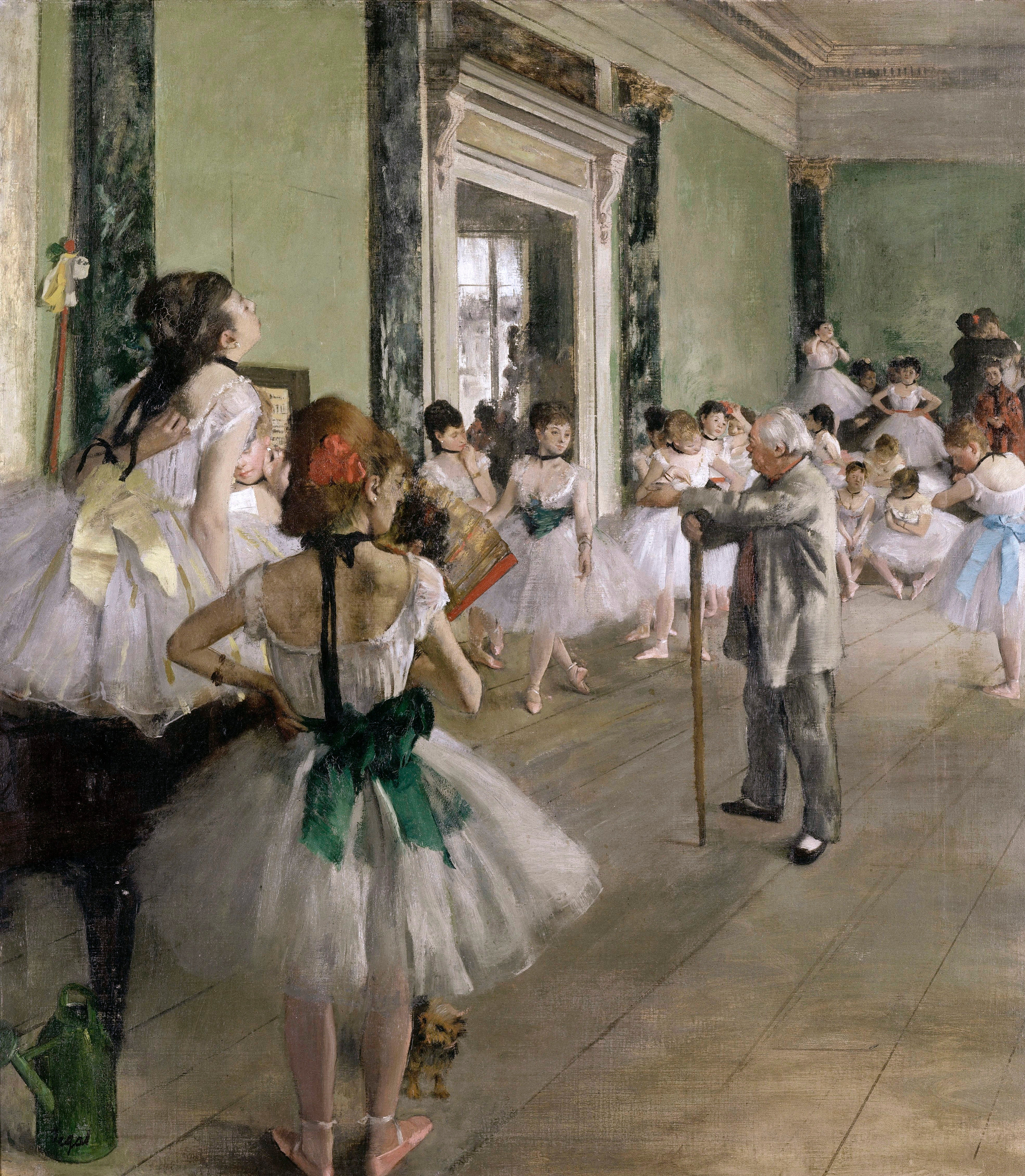|
Kenyon Hopkins
Kenyon Hopkins (January 15, 1912 – April 7, 1983) was an American composer who composed many film scores in a jazz idiom. He was once called "one of jazz's great composers and arrangers." Biography Early life and education Hopkins was born in Coffeyville, Kansas, to the marriage of Rev. Thomas John Hopkins (1871–1939) and Gertrude Conover Nevius ''(maiden;'' 1883–aft. July 6, 1967). He, with his parents and brother, Thomas Oliver Hopkins (1915–1973), lived in several towns were his father had been a clergyman who had served as pastor at (i) the First Baptist Church in Coffeyville from 1909 to 1918, (ii) the First Baptist Church in Adrian, Michigan, from 1918 to 1923, (iii) the Tenth Avenue Baptist Church in Columbus, Ohio, from 1923 to 1928, (iv) the Central Baptist Church in Wayne, Pennsylvania, from 1928 to 1936, and (v) the Prospect Hill Baptist Church in Prospect Park, Pennsylvania, from 1936 until his death in 1939. Hopkins attended Indianola Junior High Sch ... [...More Info...] [...Related Items...] OR: [Wikipedia] [Google] [Baidu] |
Coffeyville, Kansas
Coffeyville is a city in southeastern Montgomery County, Kansas, Montgomery County, Kansas, United States, located along the Verdigris River in the state's Southeast Kansas, southeastern region. As of the 2020 United States census, 2020 census, the population of the city was 8,826. Coffeyville is the most populous city of Montgomery County, and the home to Coffeyville Community College. The town of South Coffeyville, Oklahoma is approximately 1 mile south of the city. History This settlement was founded in 1869 as an Indian trading post by Col. James A. Coffey, serving the population across the border in what was then the Indian Territory. The town was stimulated in 1871 by being made a stop on the Leavenworth, Lawrence & Galveston Railroad, which connected it to other markets and developments. With the arrival of the railroad, a young surveyor, Napoleon B. Blanton, was dispatched to lay out the town. The naming of the town was left to the toss of a coin between Col. Coffey ... [...More Info...] [...Related Items...] OR: [Wikipedia] [Google] [Baidu] |
Music Theory
Music theory is the study of the practices and possibilities of music. ''The Oxford Companion to Music'' describes three interrelated uses of the term "music theory". The first is the "Elements of music, rudiments", that are needed to understand music notation (key signatures, time signatures, and rhythmic notation); the second is learning scholars' views on music from antiquity to the present; the third is a sub-topic of musicology that "seeks to define processes and general principles in music". The musicological approach to theory differs from music analysis "in that it takes as its starting-point not the individual work or performance but the fundamental materials from which it is built." Music theory is frequently concerned with describing how musicians and composers make music, including tuning systems and composition methods among other topics. Because of the ever-expanding conception of Definition of music, what constitutes music, a more inclusive definition could be the ... [...More Info...] [...Related Items...] OR: [Wikipedia] [Google] [Baidu] |
Anna Sokolow
Anna Sokolow (February 9, 1910, Hartford, Connecticut – March 29, 2000, Manhattan, New York City) was an American dancer and choreographer known for the social justice focus and theatricality of her work, and for her support of the development of Modern Dance in Mexico and in Israel. At the beginning of her career, Sokolow was a principal dancer in the Martha Graham Company (1930-1938) and she soon became an independent choreographer who went on to form multiple dance companies throughout her life beginning with “Dance Unit” in the 1930s and later The Player's Project which launched in 1971 and re-launched in the 1980s. Sokolow choreographed for and set her work on companies around the world, including major companies such as Batsheva Dance Company, Alvin Ailey American Dance Theater, The Jose Limón Dance Company, Joffery Ballet and the Daniel Lewis Dance Company. Her work continues to be performed by the Sokolow Theatre/Dance Ensemble in New York City. Her work ... [...More Info...] [...Related Items...] OR: [Wikipedia] [Google] [Baidu] |
Rooms (composition)
In a building or large vehicle, like a ship, a room is any enclosed space within a number of walls to which entry is possible only via a door or other dividing structure that connects it to either a passageway, another room, or the outdoors, that is large enough for several people to move about, and whose size, fixtures, furnishings, and sometimes placement within the building or ship support the activity to be conducted in it. History Historically, the use of rooms dates at least to early Minoan cultures about 2200 BC, where excavations at Akrotiri on Santorini reveal clearly defined rooms within certain structures. In early structures, the different room types could be identified to include bedrooms, kitchens, bathing rooms, closets, reception rooms, and other specialized uses. The aforementioned Akrotiri excavations reveal rooms sometimes built above other rooms connected by staircases, bathrooms with alabaster appliances such as washbasins, bathing tubs, and toilets, all ... [...More Info...] [...Related Items...] OR: [Wikipedia] [Google] [Baidu] |
Ballet
Ballet () is a type of performance dance that originated during the Italian Renaissance in the fifteenth century and later developed into a concert dance form in France and Russia. It has since become a widespread and highly technical form of dance with its own vocabulary. Ballet has been influential globally and has defined the foundational techniques which are used in many other dance genres and cultures. Various schools around the world have incorporated their own cultures. As a result, ballet has evolved in distinct ways. A ''ballet'' as a unified work comprises the choreography and music for a ballet production. Ballets are choreographed and performed by trained ballet dancers. Traditional classical ballets are usually performed with classical music accompaniment and use elaborate costumes and staging, whereas modern ballets are often performed in simple costumes and without elaborate sets or scenery. Etymology Ballet is a French word which had its origin in Ital ... [...More Info...] [...Related Items...] OR: [Wikipedia] [Google] [Baidu] |
Town And County Dances
A town is a human settlement. Towns are generally larger than villages and smaller than cities, though the criteria to distinguish between them vary considerably in different parts of the world. Origin and use The word "town" shares an origin with the German word , the Dutch word , and the Old Norse . The original Proto-Germanic word, *''tūnan'', is thought to be an early borrowing from Proto-Celtic *''dūnom'' (cf. Old Irish , Welsh ). The original sense of the word in both Germanic and Celtic was that of a fortress or an enclosure. Cognates of ''town'' in many modern Germanic languages designate a fence or a hedge. In English and Dutch, the meaning of the word took on the sense of the space which these fences enclosed, and through which a track must run. In England, a town was a small community that could not afford or was not allowed to build walls or other larger fortifications, and built a palisade or stockade instead. In the Netherlands, this space was a garden, mor ... [...More Info...] [...Related Items...] OR: [Wikipedia] [Google] [Baidu] |
Symphony In Two Movements
A symphony is an extended musical composition in Western classical music, most often for orchestra. Although the term has had many meanings from its origins in the ancient Greek era, by the late 18th century the word had taken on the meaning common today: a work usually consisting of multiple distinct sections or movements, often four, with the first movement in sonata form. Symphonies are almost always scored for an orchestra consisting of a string section (violin, viola, cello, and double bass), Brass instrument, brass, Woodwind instrument, woodwind, and Percussion instrument, percussion Musical instrument, instruments which altogether number about 30 to 100 musicians. Symphonies are notated in a Full score, musical score, which contains all the instrument parts. Orchestral musicians play from parts which contain just the notated music for their own instrument. Some symphonies also contain vocal parts (e.g., Ludwig van Beethoven, Beethoven's Symphony No. 9 (Beethoven), Ninth S ... [...More Info...] [...Related Items...] OR: [Wikipedia] [Google] [Baidu] |
Paul Whiteman
Paul Samuel Whiteman (March 28, 1890 – December 29, 1967) was an American bandleader, composer, orchestral director, and violinist. As the leader of one of the most popular dance bands in the United States during the 1920s and early 1930s, Whiteman produced recordings that were immensely successful, and press notices often referred to him as the "King of Jazz". His most popular recordings include " Whispering", "Valencia", " Three O'Clock in the Morning", " In a Little Spanish Town", and " Parade of the Wooden Soldiers". Whiteman led a usually large ensemble and explored many styles of music, such as blending symphonic music and jazz, as in his debut of '' Rhapsody in Blue'' by George Gershwin. Whiteman recorded many jazz and pop standards during his career, including " Wang Wang Blues", " Mississippi Mud", "Rhapsody in Blue", " Wonderful One", " Hot Lips (He's Got Hot Lips When He Plays Jazz)", " Mississippi Suite", "Grand Canyon Suite", and " Trav'lin' Light". He co-wrote ... [...More Info...] [...Related Items...] OR: [Wikipedia] [Google] [Baidu] |
Andre Kostelanetz
Andre Kostelanetz (russian: Абрам Наумович Костелянец; December 22, 1901 – January 13, 1980) was a Russian-born American popular orchestral music conductor and arranger who was one of the major exponents of popular orchestra music. Biography Abram Naumovich Kostelyanetz was born in Saint Petersburg, Russia to a prominent Jewish family. He was a cousin of physicist Lew Kowarski. His father, Nachman Yokhelevich (Naum Ignatyevich) Kostelyanetz, was active on the St. Petersburg stock exchange; his maternal grandfather, Aizik Yevelevich Dymshitz, was a wealthy merchant and industrialist, engaged in timber production. He began playing the piano at four and a half years old. He studied composition and orchestration at the Petrograd Conservatory of Music. When he was 19, the Grand Petrograd Opera Company held a competition to select a chorusmaster and assistant conductor, in which he was selected despite being the youngest applicant. Kostelanetz continued there ... [...More Info...] [...Related Items...] OR: [Wikipedia] [Google] [Baidu] |
Stefan Wolpe
Stefan Wolpe (25 August 1902, Berlin – 4 April 1972, New York City) was a German-Jewish-American composer. He was associated with interdisciplinary modernism, with affiliations ranging from the Bauhaus, Berlin agitprop theater and the kibbutz movement to the Eighth Street Artists' Club, Black Mountain College, and the Darmstadt Summer Courses for New Music. He lived and worked in Berlin (1902–1933) until the Nazi seizure of power forced him to move first to Vienna (1933–34) and Jerusalem (1934–38) before settling in New York City (1938–72). In works such as ''Battle Piece'' (1942/1947) and "In a State of Flight" in ''Enactments for Three Pianos'' (1953), he responded self-consciously to the circumstances of his uprooted life, a theme he also explored extensively in voluminous diaries, correspondence, and lectures. His densely eclectic music absorbed ideas and idioms from diverse artistic milieus, including post-tonality, bebop, and Arab classical musics. Life Wolpe was ... [...More Info...] [...Related Items...] OR: [Wikipedia] [Google] [Baidu] |
Serial Music
In music, serialism is a method of composition using series of pitches, rhythms, dynamics, timbres or other musical elements. Serialism began primarily with Arnold Schoenberg's twelve-tone technique, though some of his contemporaries were also working to establish serialism as a form of post-tonal thinking. Twelve-tone technique orders the twelve notes of the chromatic scale, forming a row or series and providing a unifying basis for a composition's melody, harmony, structural progressions, and variations. Other types of serialism also work with sets, collections of objects, but not necessarily with fixed-order series, and extend the technique to other musical dimensions (often called "parameters"), such as duration, dynamics, and timbre. The idea of serialism is also applied in various ways in the visual arts, design, and architecture, and the musical concept has also been adapted in literature. Integral serialism or total serialism is the use of series for aspects such a ... [...More Info...] [...Related Items...] OR: [Wikipedia] [Google] [Baidu] |
Music Theory
Music theory is the study of the practices and possibilities of music. ''The Oxford Companion to Music'' describes three interrelated uses of the term "music theory". The first is the "Elements of music, rudiments", that are needed to understand music notation (key signatures, time signatures, and rhythmic notation); the second is learning scholars' views on music from antiquity to the present; the third is a sub-topic of musicology that "seeks to define processes and general principles in music". The musicological approach to theory differs from music analysis "in that it takes as its starting-point not the individual work or performance but the fundamental materials from which it is built." Music theory is frequently concerned with describing how musicians and composers make music, including tuning systems and composition methods among other topics. Because of the ever-expanding conception of Definition of music, what constitutes music, a more inclusive definition could be the ... [...More Info...] [...Related Items...] OR: [Wikipedia] [Google] [Baidu] |




.jpg)

.jpg)

